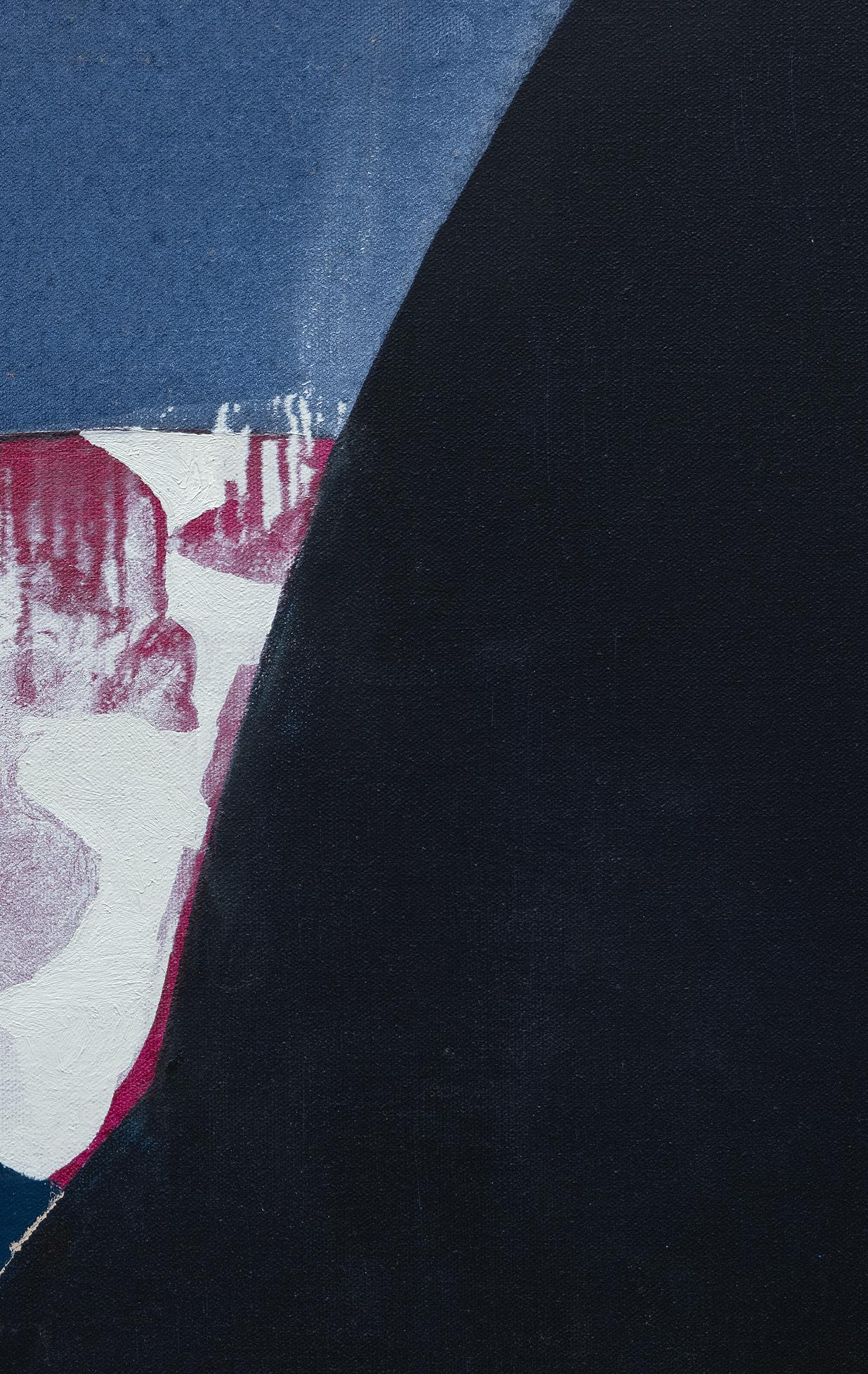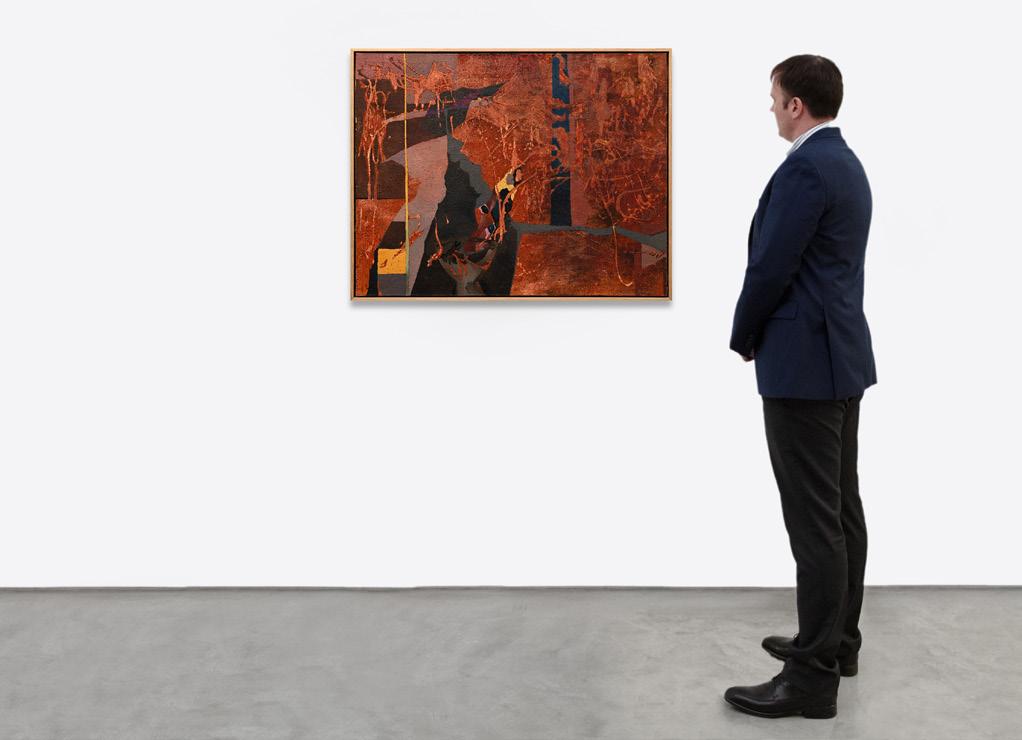

DOROTHY HOOD
 Dorothy Hood, c. 1976
© Estate of Dorothy Hood
Dorothy Hood, c. 1976
© Estate of Dorothy Hood
Born in 1918 in Bryan, Texas, and raised in Houston, Dorothy Hood charted an unconventional path in the art world. At age 18, she secured a scholarship to study at the Rhode Island School of Design and later moved to New York City, modeling to afford classes at the Art Students League. Inspired by the Twenty Centuries of Mexican Art show of 1940 at the Museum of Modern Art, Hood drove her father's roadster to Mexico City with two friends, intending to stay two weeks. She stayed for nearly twenty-two years.
The core of Dorothy Hood's life and art is between 1941 and 1962 when she was at the forefront and center of the cultural, political, and social crossroads of Mexico and Latin America. In 1943, barely twenty-five years old, Hood, a striking blonde, became the talk of Mexico City with her breakthrough solo show. Her friends included Surrealist painters Remedios Varo and Leonora Carrington, Rufino Tamayo, and José Clemente Orozco, with whom she developed a deep friendship. In 1945, she married Bolivian José Maria Velasco Maidana, widely regarded as a premiere Latin American conductor and composer.
Dorothy returned to Houston in 1962 to the arrival of NASA; the prospects of a lunar landing and a spacious new studio inspired her to work large. Her canvases became portals to realms both fantastical and elusive. She explored the vastness and the void of space, peered into the world of microbiology, and flirted with various cosmologies, continually searching for spiritual sustenance. The range of her imagery, mastery of spatial illusionism, and bold use of color are confident transmissions of a painter in full command of their technique. Hood's color washes, sublime and carefully controlled, often surpass Helen Frankenthaler's celebrated color-field wash flows. Then, deftly, she introduces intricate passages, sharp delineations, and mosaic-like patterns that offer a pitch-perfect synthesis of intuitive processes and precise articulation.
As Hood moved into the final years of her art and life, she remained sustained by explorations of outer and inner space, and the memory of Mexico continued to be a wellspring. Accordingly, the paintings of the 90s exude a youthful energy that belies the artist's age. Their sublime power arises from a lifetime of relentless invention and discovery; confronting these works, ranging from six to ten feet in height is to feel oneself at the dawn of the universe or the end of the world.

 Pedernal oil on canvas
35 x 27 in. 1975
Pedernal oil on canvas
35 x 27 in. 1975


Tough Homage
to Arshile
Gorky
oil on canvas
89 3/4 x 50 in.



The Face in the Sea
oil on canvas
70 x 60 in. c. 1970s



Going Forth V
oil on canvas
35 3/4 x 36 in. 1997



oil and acrylic on canvas
48 x 60 in. c. 1990s
 Untitled (Black Beauty)
Untitled (Black Beauty)


Blue Waters
oil on canvas
90 x 70 in.



Space Signals
oil on canvas
89 3/4 x 70 in.
c. 1970s



Black Vessel
oil on canvas
70 1/8 x 60 1/8 in.
c. 1970-1980



Genies
oil on canvas
35 1/2 x 45 3/8 in. 1956



Untitled
oil on canvas
70 x 60 in. c. 1980s



Gravity's Rainbow II
oil on canvas
70 x 60 in.
c. 1994



Binaki, Athens
collage on mat
20 x 16 in. 1982-1997



The Terrible Parade
collage on mat
20 x 16 in. 1982-1997



Eleftheroudakis
collage on mat
20 x 16 in.
1982-1997



Red Autumn
collage on mat
32 x 20 in.
1982-1997


